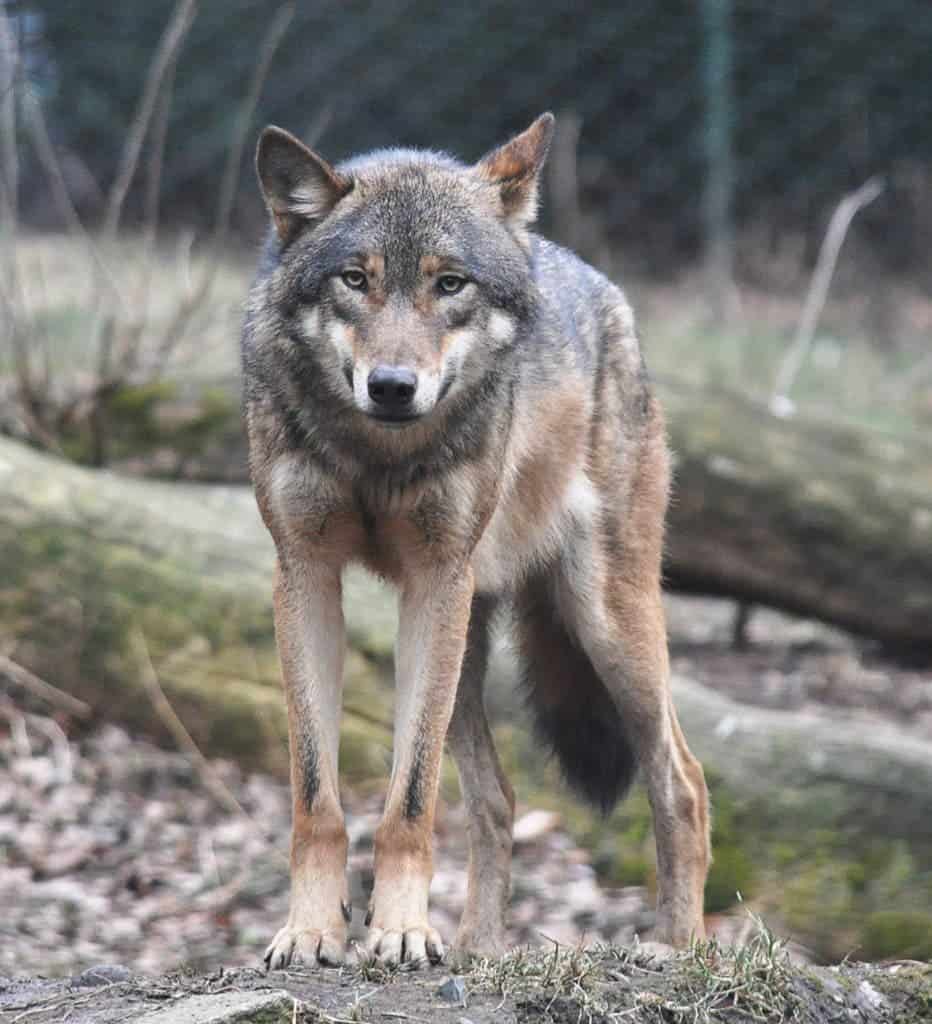At the beginning of the 20th century, the wolf disappeared from most areas of Western Europe. They were seen as dangerous pests and were actively hunted or restricted by industrialization and landscape fragmentation. However, the tides have turned and the wolf is viewed as an important protected species. Its return to Europe has been accordingly encouraged.
Wolves are back
Wolves are important keystone predators. They control prey species populations, like deer, which then causes positive effects that trickle down to other animals, plants, and even the landscape. The largest documented success has been in Yellowstone Park, where the recent reintroduction of wolves has the caused the increase of a large number of unexpected species, such as trout, birds of prey, and the pronghorn.
The Bern Convention in 1979 was fundamental in changing the way that wolves are viewed. They are now considered “a fundamental element of our natural European heritage” and given protection and there are strategies in place to aid their re-colonization of Europe.

The last country in continental Europe to have wolves return is Belgium. Now a wolf has been spotted earlier this month in Flanders, a region in the north of the country. It had an electronic tracking collar and was thus identified as coming from Germany. It had previously been touring in the Netherlands around Christmas time. A camera may have captured night footage of a wolf in southern Belgium in 2011, but it was never confirmed and therefore not considered an official spotting.
“Our country was the only one in continental Europe to have not been visited by a wolf,” since the animal began recolonizing the continent, the environmental group Landschap said.
Coexisting
Environmental groups have welcomed the news and are asking the government to further encourage the wolves’ return and to implement a system where farmers whose livestock is killed by wolves are compensated. Indeed, the social aspect is a very important one to consider when bringing back large predators to Western Europe.
The greatest conflicts since the return of wolves have been with farmers. In areas that have always had wolves, like Romania and Poland, a livestock attack is considered an unfortunate accident. However, in areas where wolves are newly returning to, farmers are unhappy with their presence. In France, wolves killed over 8,000 farm animals (mostly sheep) in 2017 alone. The government responded by ordering a wolf cull of up to 40 wolves by July 2018. It is a careful balance between supporting farmers and wolves. It is critical to include the social aspect in making wolf introduction plans to aid their success.


